Regular pool water testing is one of the most essential tasks of effective and long-term pool ownership and pool maintenance. For first-time pool owners or pool professionals, understanding how to test your swimming pool water correctly will help you:
- Protect your pool equipment
- Maintain safe water for swimmers
- Avoid unnecessary chemical use
Why pool testing matters
When pool water isn't properly balanced, it can become cloudy, corrosive, or even unsafe. Imbalanced water damages surfaces, irritates skin and eyes, can lead to algae growth or the buildup of bacteria. That's why pool owners should make water testing part of their regular, weekly routine.
What should you test for?
An accurate pool water test looks at a range of factors that determine water balance and sanitisation. These include:
1. Free chlorine levels and total chlorine
Chlorine is essential for sanitising your pool water and killing harmful microorganisms. Free chlorine refers to the amount available to disinfect, while total chlorine includes both free and spent chlorine. If free chlorine or total chlorine isn't in the right range, your pool won’t be clean or safe to swim in. Too much spent chlorine in the water and your pool can become cloudy and emit that “chlorine” smell.
2. pH levels
The pH scale measures how acidic or alkaline your pool water is. Ideal pH levels sit between 7.2 and 7.6. If the water is too acidic or too basic, it can affect swimmer comfort and the performance of your pool chemicals. This can also be part of the reason that your pool equipment begins to leak at unions or between pump casings and/or filter tanks and MPVs as O-rings and/or Gaskets become damaged.
3. Total Alkalinity
Total alkalinity helps buffer pH levels, making them more stable. If alkalinity is too low, your pH may fluctuate wildly. If it’s too high, pH adjustments become difficult. Ideal range for Total Alkalinity is 80ppm to 120ppm.
4. Calcium Hardness
Calcium hardness refers to the concentration of calcium in the water. Too little can cause etching of the pool surface, while too much leads to scaling and cloudy water. You can raise calcium hardness with calcium chloride if needed, or if your Calcium Hardness is too high you will have to drain some pool water off and fresh fill, or if your pool water is already slightly low, wait for it to rain.
5. Cyanuric Acid
Cyanuric Acid helps stabilise chlorine, protecting it from being broken down by sunlight. For outdoor pools, this is essential. However, high levels of cyanuric acid can reduce chlorine’s effectiveness. Ideal levels when manually dosing chlorine, or pools with a basic chlorinator are 25ppm to 50ppm and if you have a sanitiser monitoring probe (ORP probe) the level is 15ppm to 25ppm.
How to test your pool water
You have a few options for pool water testing, each with its own pros and cons. Let's take a look at some of the most common methods and help you choose the best for your pool.
Option 1: Use a test strip
Test strips are the easiest way to check chemical levels. You simply dip the strip into your pool water, wait a few seconds and compare the colours on the strip to the reference chart provided, or use the Loopym app to analyse the results.
Pros: Quick, easy, inexpensive
Cons: Less precise than digital or lab testing
Best for: Weekly checks and quick assessments
To use a test strip, collect a water sample from elbow depth, away from return jets. Simply dip the strip in the water, shake off excess and wait for the suggested time based on test strip instructions. Compare the strip against the colour chart provided or take a photo using the Loopym app to immediately analyse results.
For best results, test at the same time each week, i.e.: in the morning before the sun comes up too high and the stabiliser locks up the chlorine, and store your strips in a cool, dry place.

Option 2: Liquid reagent kits
These provide a more detailed accurate analysis, measuring chlorine levels, pH, alkalinity and more, depending on the kit. Reagent kits require adding drops of specific chemicals to a water sample, then observing the colour change.
Pros: More precise
Cons: More time-consuming and less convenient
Best for: Fortnightly testing or when correcting imbalances
The specific steps and chemical analysis involved with reagent kits can make pool water testing complicated for many pool owners. Reagents must also be stored correctly and have a limited shelf life.
Option 3: Digital testers and apps
Some newer systems include digital readers or integrate with an app. These offer clear digital readings and often track trends in your pool water over time. Some even offer reminders or chemical dosing advice.
Pros: Highly accurate
Cons: Expensive
Best for: Tech-savvy pool owners
If you're a tech-savvy pool owner, or just want to track your water health more closely, digital tools can make life easier. The Loopym app also provides immediate digital water analysis using simple test strips and clear, actionable steps to maintain your pool.
Option 4: Take a sample to the pros
Pool professionals offer in-store water testing with advanced equipment. This is ideal if you're starting out, dealing with issues after heavy rain, or adjusting seasonal pool maintenance routines.
Pros: Expert advice, lab-grade precision
Cons: Requires travel and water sample collection
Best for: Seasonal check-ups or complex issues
The Loopym app can monitor local weather events and provide real time advice on maintaining your pool.
How often should you test the levels in your pool?
You should test your pool at least two to three times a week, especially during summer or periods of heavy use. During cooler months, weekly testing may be enough. Use a test strip to keep tabs on core chemical levels, and do a more in-depth water test monthly. Receive real time weather alerts and friendly reminders to keep on top of your water testing routine with the Loopym app.
You should also test after:
- Adding pool chemicals
- After heavy rain or a break in routine
- Increased frequency of swimmers
- Equipment upgrades or repairs
Keep a logbook or use the Loopym app to store a history of your tests, help you track trends and prevent issues before they occur.
Tips for reliable results
- Follow step-by-step instructions of whatever method you choose
- Always test from elbow depth, away from returns or skimmers
- Avoid testing during active chlorination
- If using strips, check expiry dates
- Read results immediately
- Use consistent lighting conditions when comparing colours
- Limit access to pool chemicals, including salt
By developing a routine around pool water testing, you're protecting your investment and saving time. A few minutes with a test strip could save hours of future troubleshooting, adjusting the levels in your pool and limit the use of lots of chemicals to make big adjustments.
Finding the right products
At Loopym, we stock a full range of pool chemicals, chlorine for pool systems, test strips, and digital tools to help you keep your pool in top shape. Whether you're looking to buy pool chlorine, adjust total alkalinity, or manage cyanuric acid levels, we make it easy to find what you need, all in one place.
Our range of Zodiac pool chemicals includes high-quality options designed for Australian conditions. We also offer in-app tools and exclusive offers to help you get the most out of your pool ownership.

Easy pool water testing
Pool water testing is a vital part of caring for your swimming pool. With regular testing, accurate tools, and a clear understanding of chemical levels, pool owners can keep their water clean, safe, and balanced.
Whether you prefer a test strip and Loopym app, liquid kit, or digital solution, the key is consistency. Make water testing a part of your weekly routine and enjoy peace of mind knowing your pool is always ready for a swim.




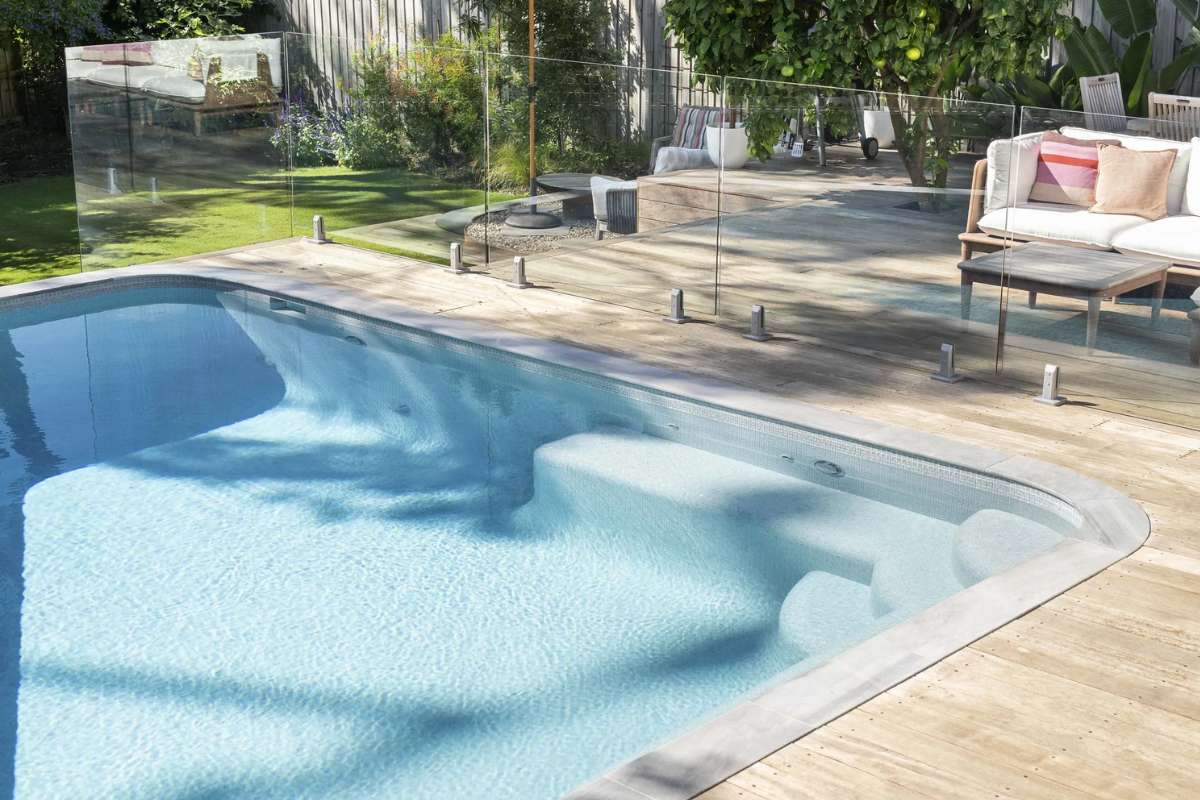
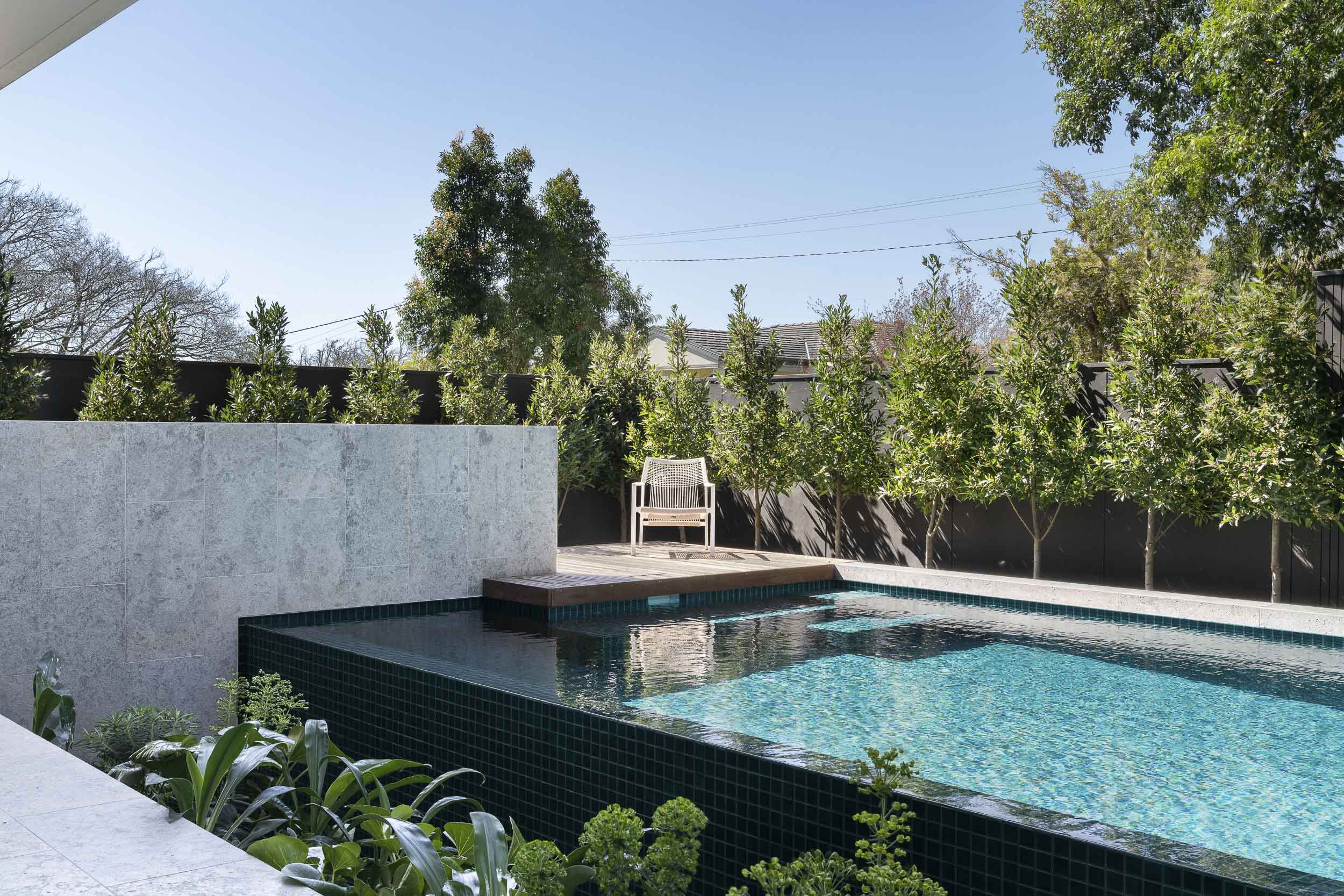
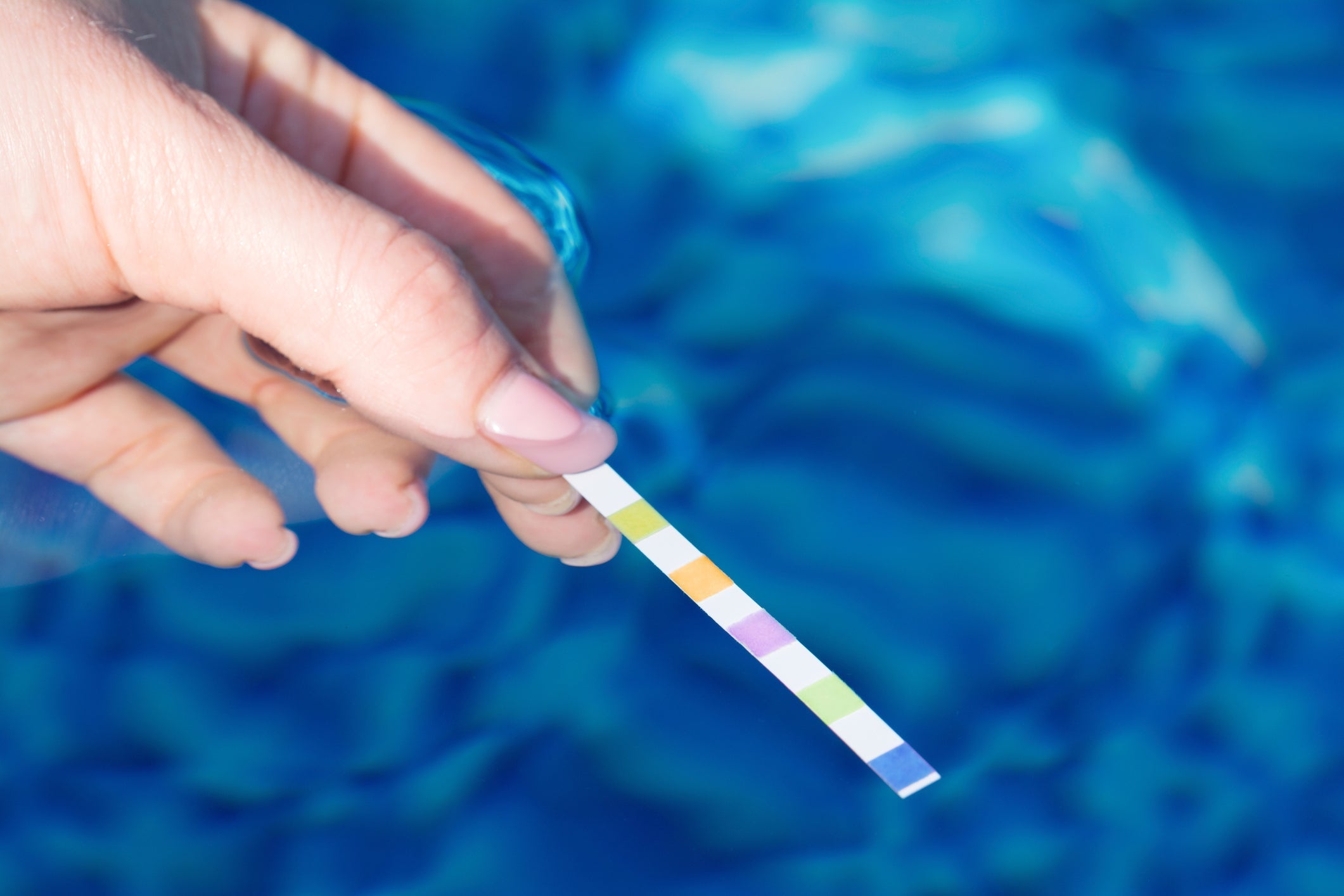
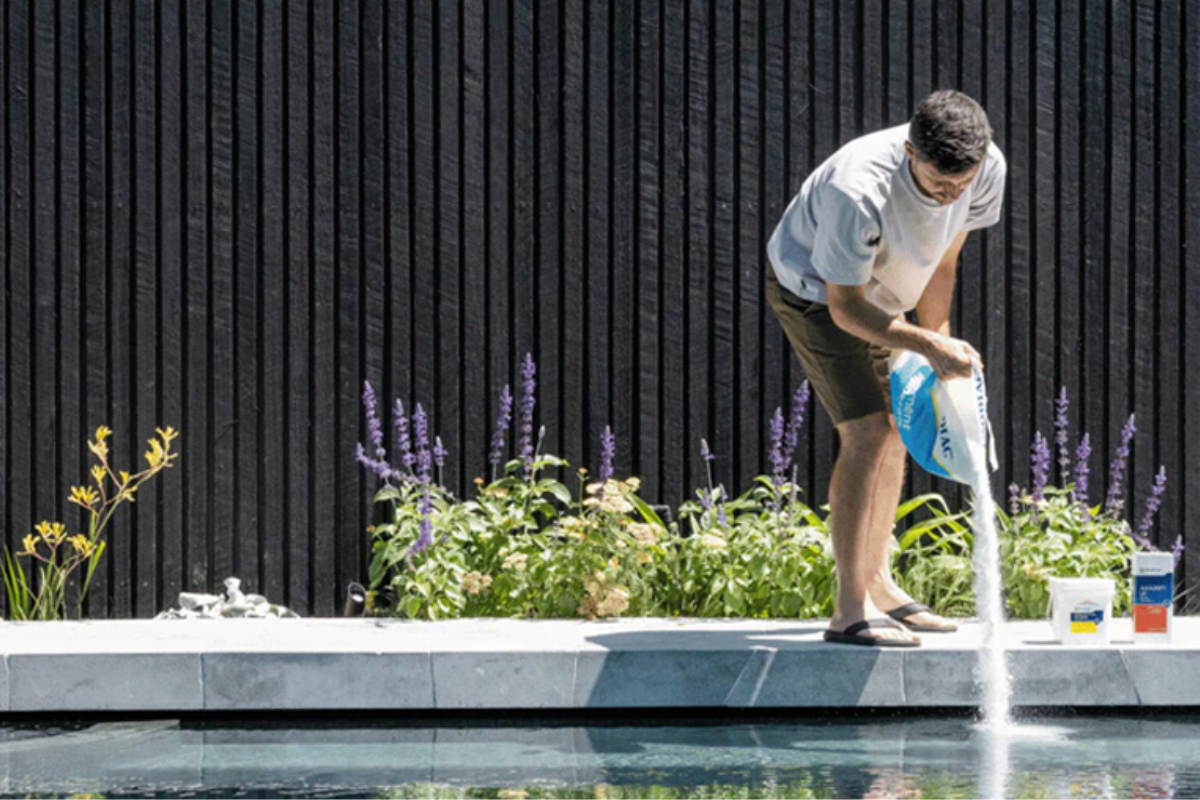
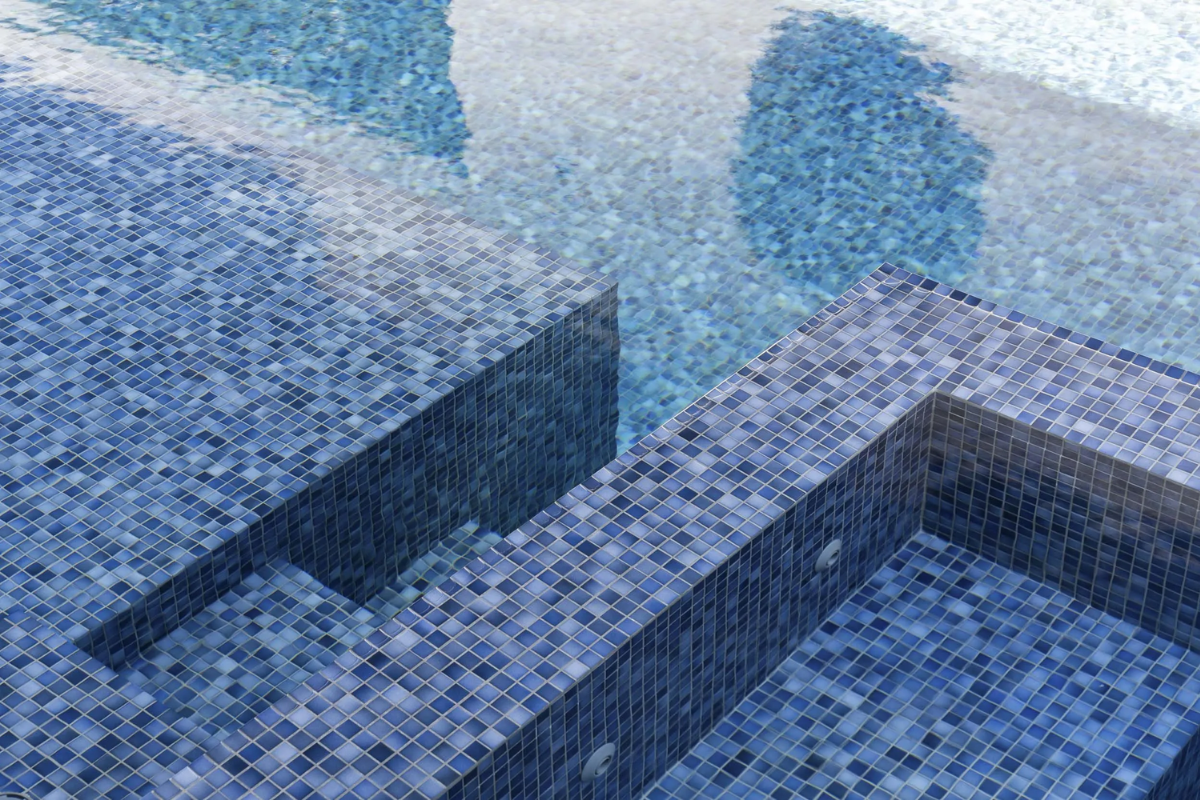
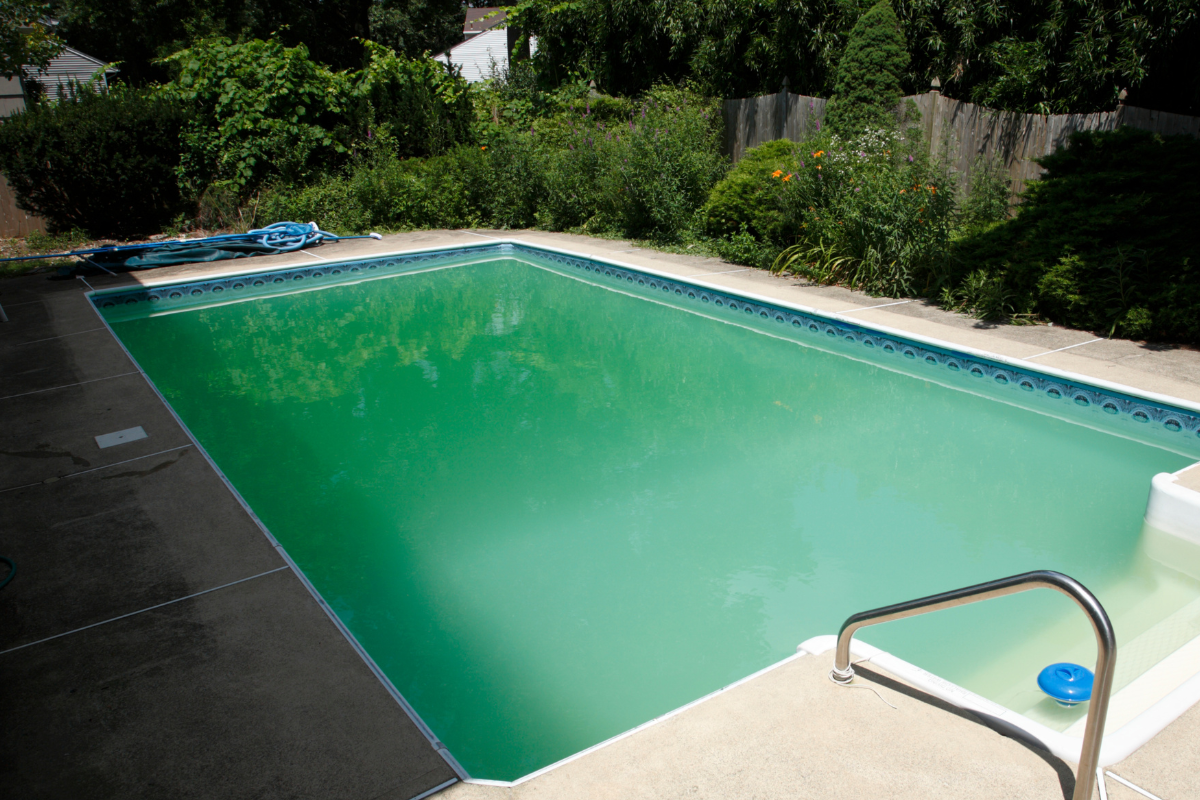
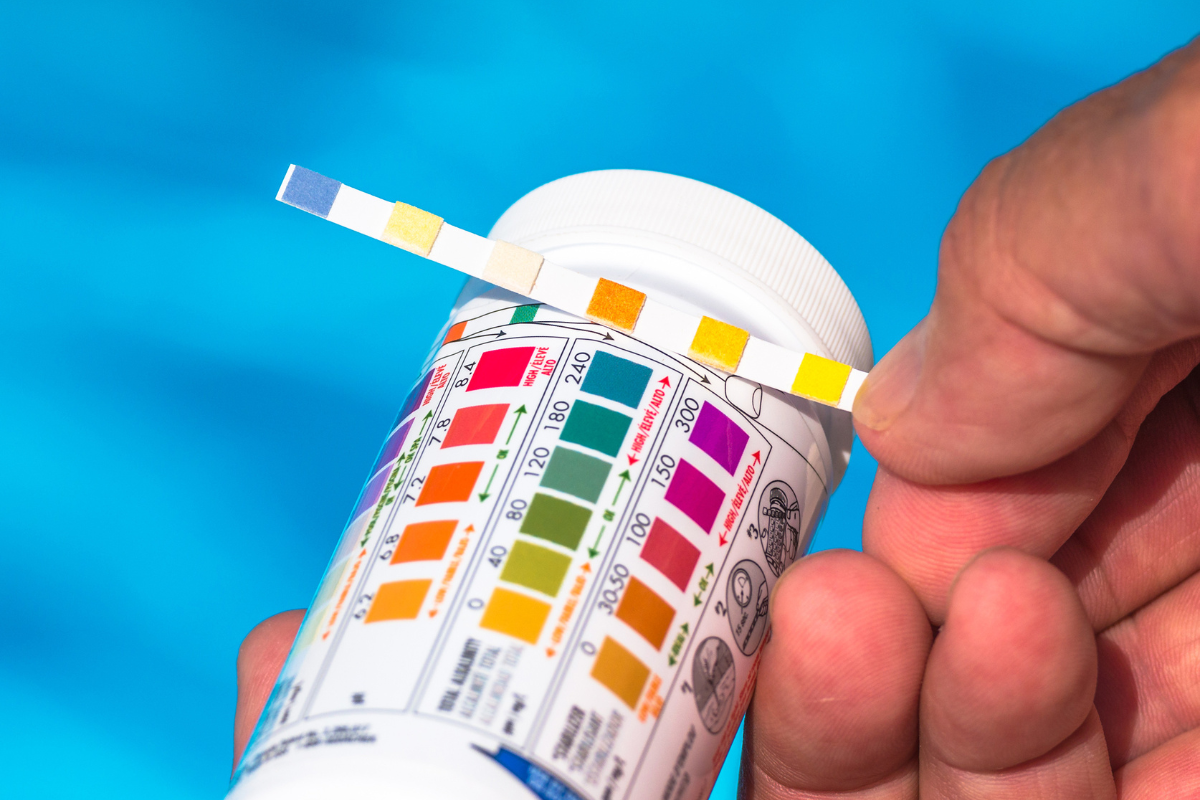
Share:
How to take care and maintain your pool with pool chemicals
What Level Should Pool Alkalinity be?